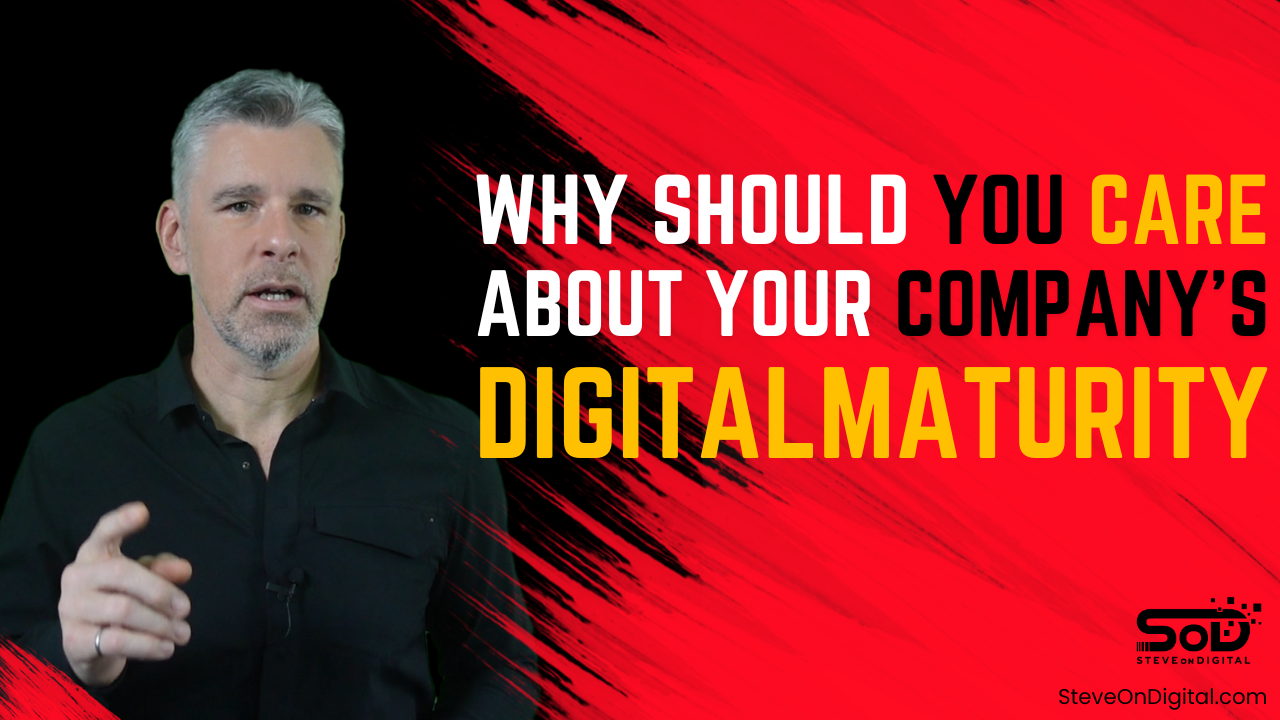In today’s fast-paced and technology-driven world, reaching for digital maturity has become more than just a buzzword; it has become a necessity for businesses that strive to succeed. As you surely understand on a fundamental level, digital transformation has disrupted traditional ways of doing things. Amidst this ever-evolving landscape, companies that harness the power of digital maturity gain a significant competitive edge, enabling them to adapt, innovate, and meet the ever-changing needs of their customers.
So, whether you’re already on the path toward digital maturity or contemplating its adoption, this article will serve as a guide, highlighting the advantages for your company. Let’s dive in and discover how embracing digital maturity can empower your organization to thrive in the digital age.
What is digital maturity exactly?
Digital maturity is the measure of an organization’s ability to enable digital solutions, adapt to the needs of today’s digital world and reach maximum efficiency. As you can imagine, it is a continuum, as absolute maturity is always just out of reach. It is a state we strive for, without ever attaining it completely. However, statistics gathered from Deloitte show that companies on the higher maturity end of the spectrum have both much greater net revenue and net profit.

Greater profits are just one of the benefits of reaching for digital maturity. Some other benefits:
- Success: This success is not confined to just one department, but rather to the entire organization. This is due to the increased efficiency brought by technological tools and the data collection that will allow leaders to make wise decisions based on analytics.
- Less Delay: Using technology, projects will progress quicker than before due to the increased collaboration among stakeholders.
- Employee Satisfaction: Employees working in a company with higher digital maturity cite increased satisfaction and less stress. Productivity thus increases.
- Increased Adoption Rates: With training, employees adopt new technologies more quickly.
Convinced?
So, now HOW to reach for higher maturity? I’ve identified five key elements that will lead to greater maturity.
First, it is primordial to instil a digital culture in your organization. This entails an organization-wide training program that emphasizes the importance of becoming digitally literate while also teaching employees to use new tools. The two tenets of a training program must be: Embrace and Employ.
Second, create cross-functional teams to work on projects. Instead of departments working independently, the so-called silo effect, departments should work together in a matrix. Team members working on a project should thus represent all the various departments so that they are working in tandem.
Third, invest in technology that is aligned with your business objectives. By following a digital roadmap, you can choose the technologies that will move you towards your objectives. And you can abandon technologies that are no longer relevant. Technologies should be part of an ecosystem in which each program communicates fluently with the other programs. The goal is the create an ecosystem that is easy to maintain, easy to use, and provides the necessary data to make informed decisions.
Fourth, improve digital literacy across the workforce. By instilling a digital culture and by training all employees, even the laggards will come to embrace the change.
Fifth, and lastly, instigate employee development initiatives in which employees can test various technologies and their functionalities to find what works the best. By having a safe place to fail, try again and succeed, employees will learn how to implement the tools. Allowing employees to test the tools increases digital literacy and adoption rates.
Note that of the five elements of reaching for digital maturity, only the third, invest in technology, focuses on technology. All of the others focus on PEOPLE. By training your people to use technology in a safe environment where they are able to fail and learn from those failures, you create a digital culture in which a digital transformation can thrive. You have thus moved further along the continuum of digital maturity and can start reaping the benefits.





